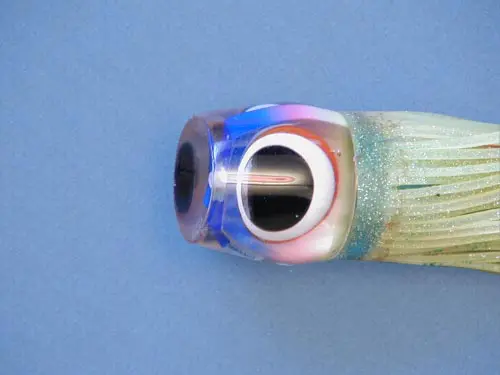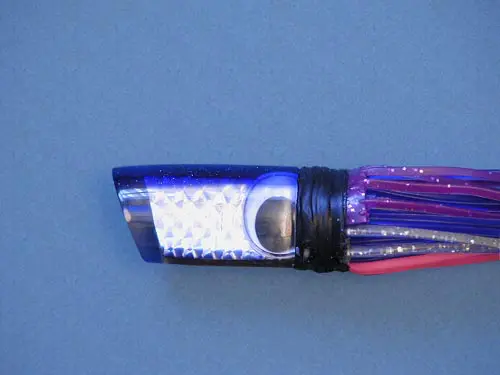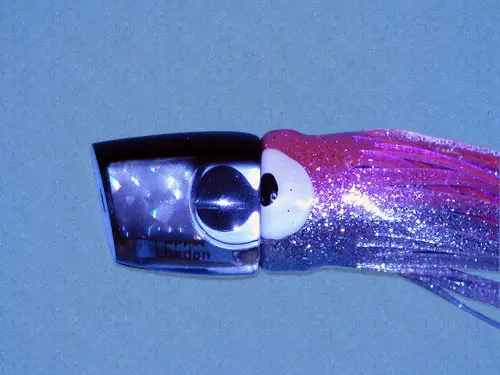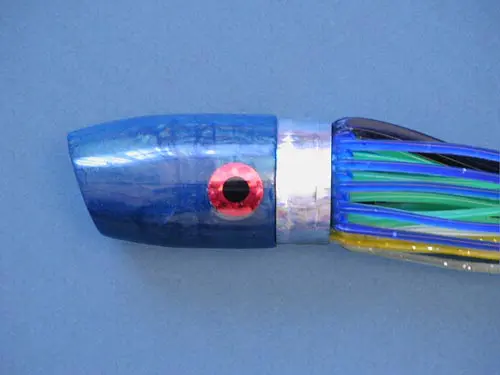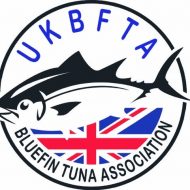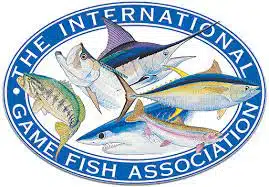Skirted Trolling Lure Designs
Skirted trolling lures are now available in a confusing variety of sizes, designs and colours. However most of these designs break down in practical terms to one of the following basic head shapes:
BULLET HEADS are a straight tracking lure. Depending on boat speed, the weight of the lure head and the height from which the lure is pulled, they will occasionally break the surface creating a bubble trail. Larger bullet heads are normally heavily weighted and seldom surface, smaller lighter heads do so more frequently. Versions made from chromed brass with jet holes (“jet heads”) are popular and effective. Bullet heads can get blown about in windy conditions as they don’t hold the as water well as cup faced lures but they can be trolled at higher speeds and so are well suited to using while running to and from the fishing grounds. Very attractive to tuna, wahoo and dorado. Billfish will also often take these but tend to prefer more active lures.
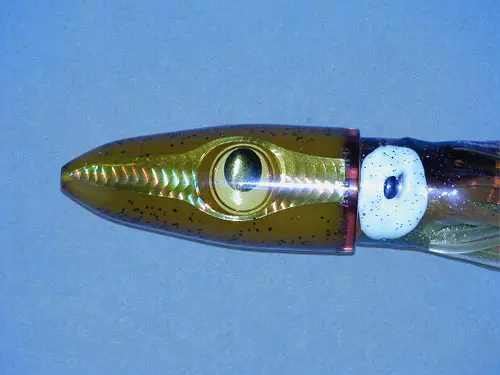
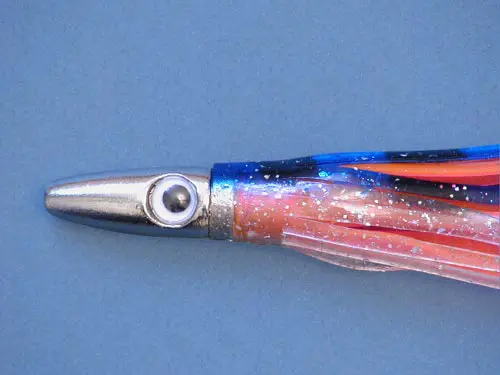
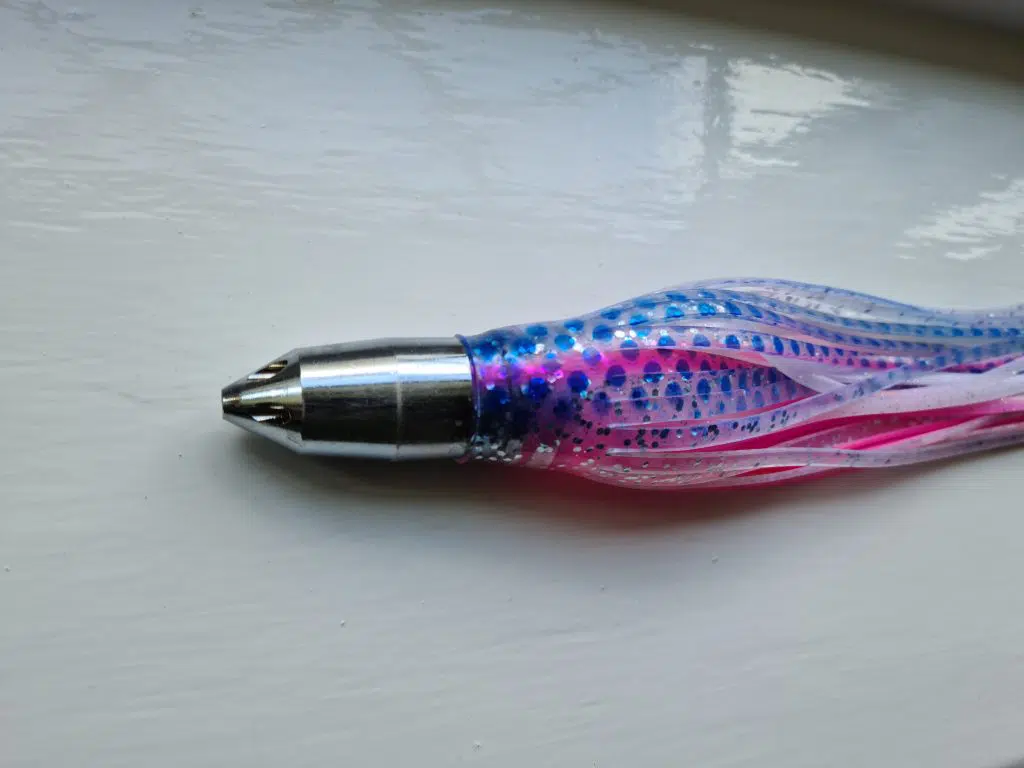
Versions made from chromed brass with jet holes (“jet heads”) are popular and effective. They tend to hold the water better then plain unjetted bullet head lures.
Spike’s tip
Running a single bullet head or Jet head lure way, way back behind the main lure spread can pay off big-time often taking the biggest fish of the day.

The length and size of the smoke trail is determined by the diameter of the lure head (the same is true, incidentally of all lures, not just flat faces). The larger the diameter of the lure head or face, the longer and wider the smoke trail. Most flat face lures hold the water well, those with tapered heads being particularly good performers in poor sea conditions.
SLANT FACE HEADS. Are split into two basic categories.
